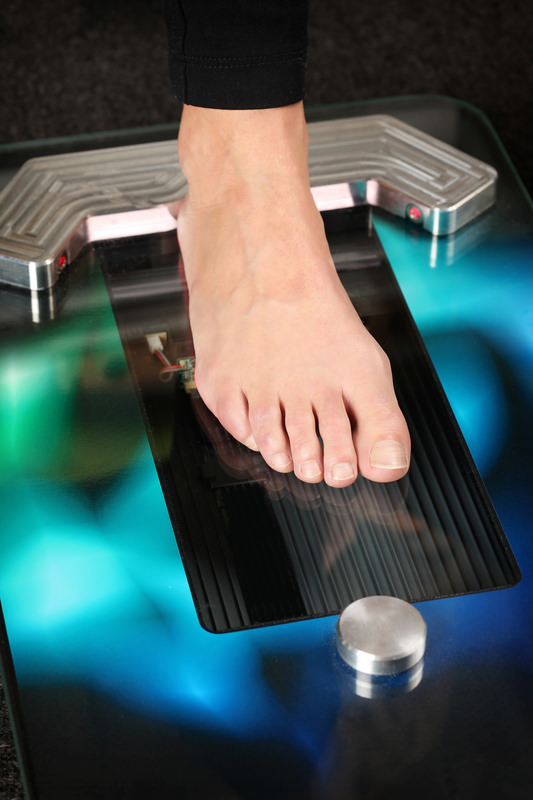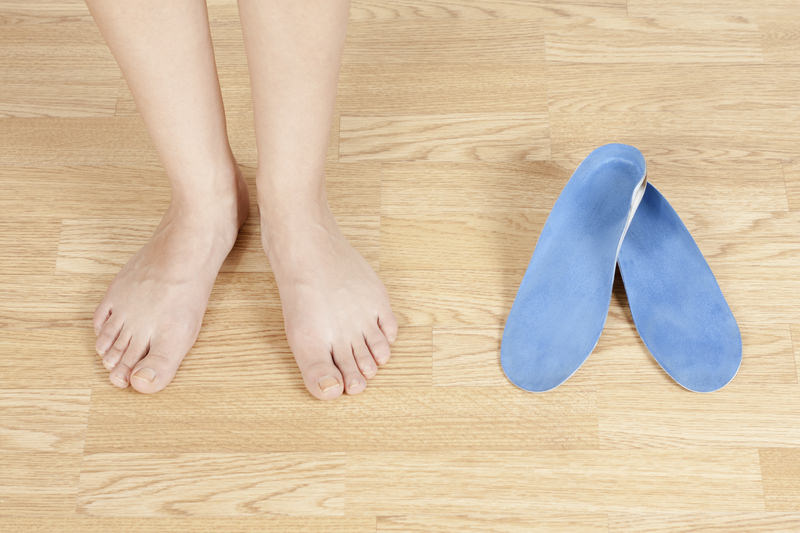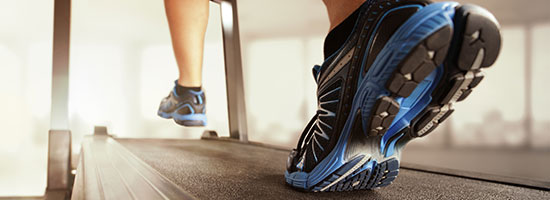Millions of people in the world that seek treatments for orthotics for plantar fasciitis is from the pain they experience from the sole of their heel. The plantar fascia runs along the sole of your foot between your ball and heel. It is a thick band of connective tissue that prevents the arch of your foot from becoming completely flat during weight bearing. This action is necessary for normal shock absorption.
To learn more about the treatment options that we provide, including orthotics for plantar fasciitis, contact our office today.
What Is Plantar Fasciitis?
This condition occurs when the plantar fascia is placed under excessive strain and stress, which causes inflammation (swelling) of the tissue and pain. The fascia can become inflamed anywhere along its course, however, typically the two most common complaints of pain are on the inside of the arch and on the inside of the heel’s sole. If the stress or strain continues for a prolonged period of time, the plantar fascia will become thickened. This can cause the formation of scar tissue and/or a bone spur on the heel bone if this is the primary area undergoing stress or strain. There are many factors that place an individual at risk for developing plantar fasciitis including:
- Being overweight with a body mass index over 30
- Feet that have high arches
- Flat feet
- Having tight calf muscles as the plantar fasciitis is a continuation of the Achilles tendon (This tightness has been shown to cause more stress on the plantar fascia)
- Women are twice as likely to get plantar fasciitis than men
- The risk of getting this condition increases with age
- Plantar fasciitis is common in athletes and is accountable for approximately 25 to 30 percent of all running injuries
Symptoms of Plantar Fasciitis
Those who suffer from this condition are more likely to experience the most severe pain when getting out of bed, or upon standing after a period of rest. This is because when sitting and pressure is taken off of the feet and during the overnight hours the plantar fascia and calf muscles tighten up. Upon standing, the plantar fascia is strained by the weight of the body, which worsens the fascia’s inflammation. As activity resumes and these areas become more relaxed, the pain may subside. The pain most likely returns throughout the day and is worsened by walking barefoot, wearing flat-heeled shoes, standing for long periods of time and on hard surfaces, standing onto tip-toes, or going upstairs.
Treatment and Preventing Reoccurrence
Prevention is the best medicine, therefore, preventing the occurrence or reoccurrence of this condition is ideal. To reduce your risk of this condition reoccurring you can use orthotics if you have high arches or flat feet to give your feet the support they need. You can also maintain a healthy body weight, adequately stretch your hamstrings and calf muscles daily, and replace shoes prior to them becoming worn out. To treat symptoms of plantar fasciitis you can incorporate the previous methods for prevention and the following interventions:
- Seek early treatment for a shorter treatment and recovery period
- Avoid activities that worsen pain
- Upon rising in the morning, use appropriate footwear or your custom orthotics to decrease immediate strain on the plantar fascia
- Avoid wearing flat shoes–use an orthotic if you have high arches or flat feet
- Replace worn out shoes that lack cushioning and support
- Rest as much as possible and avoid standing for long periods
Custom vs. Over-The-Counter Orthotics
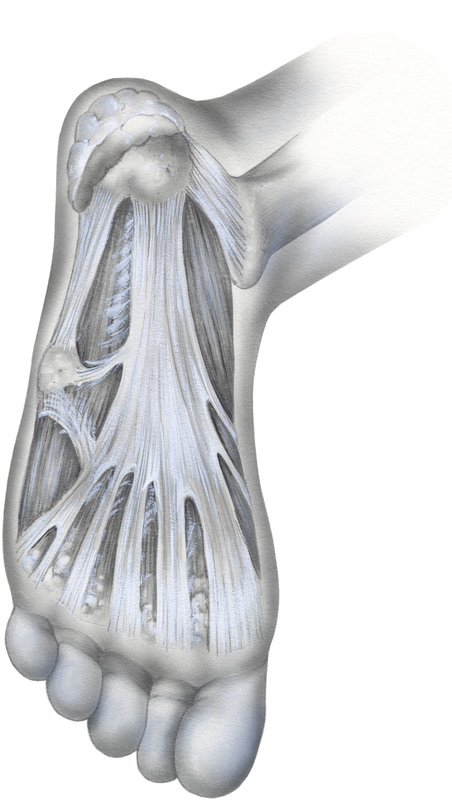
There is a large variety of options available by many retailers that are specific for feet with high arches or flat feet, and designed to support your activity level. Given that each individual has a unique foot structure, finding the perfect fit for your feet can be difficult. Over-the-counter versions lack the uniqueness that is necessary for each individual’s problems, such as foot pain caused by running or an inflamed plantar fascia from standing on hard surfaces for prolonged periods.
Custom orthotics for plantar fasciitis are typically designed to ensure your bones, tendons, and ligaments in your lower legs and feet are properly aligned and positioned. This eases the pain and stress on your feet, which can also improve the functioning of your muscles over time.
Custom orthotics require a prescription and can only be ordered by your foot doctor after he has examined your feet, your pronation, your gait, and assessed the location and characteristics of your pain. After the examination, a cast of your feet will be taken so your orthotics will match the precise contours of your feet and the way you move.
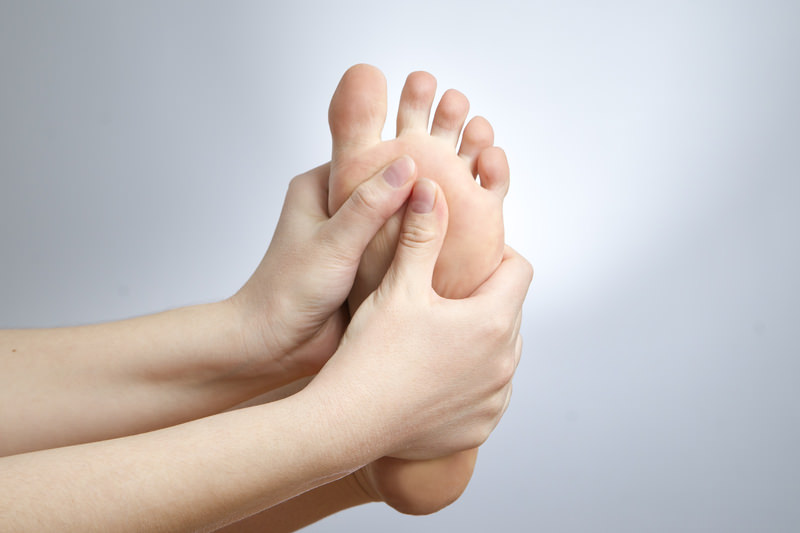
What to Expect from New Custom Orthotics for Plantar Fasciitis
All new products need a chance to become effective. Most users of orthotics report a 70 percent reduction in their symptoms within the first four to six weeks. Each time new shoes or orthotics are purchased they have to be properly broken in.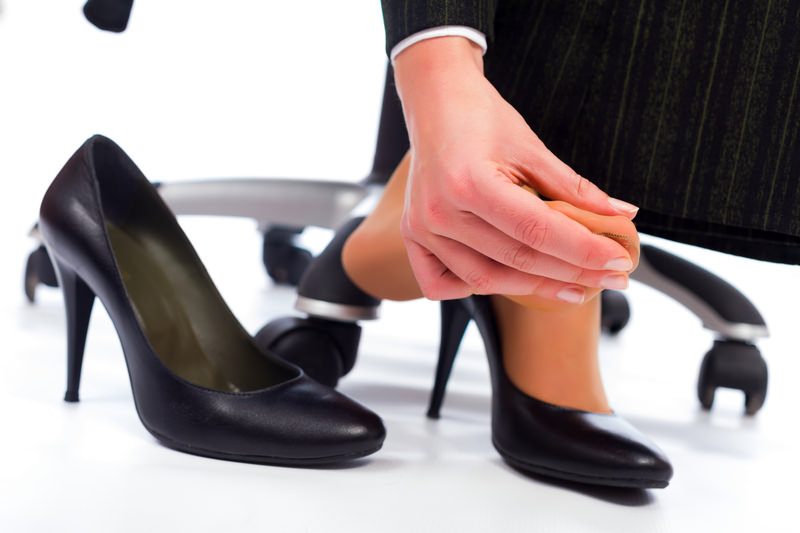
Your foot doctor can give you more information about wearing your orthotics for plantar fasciitis.

